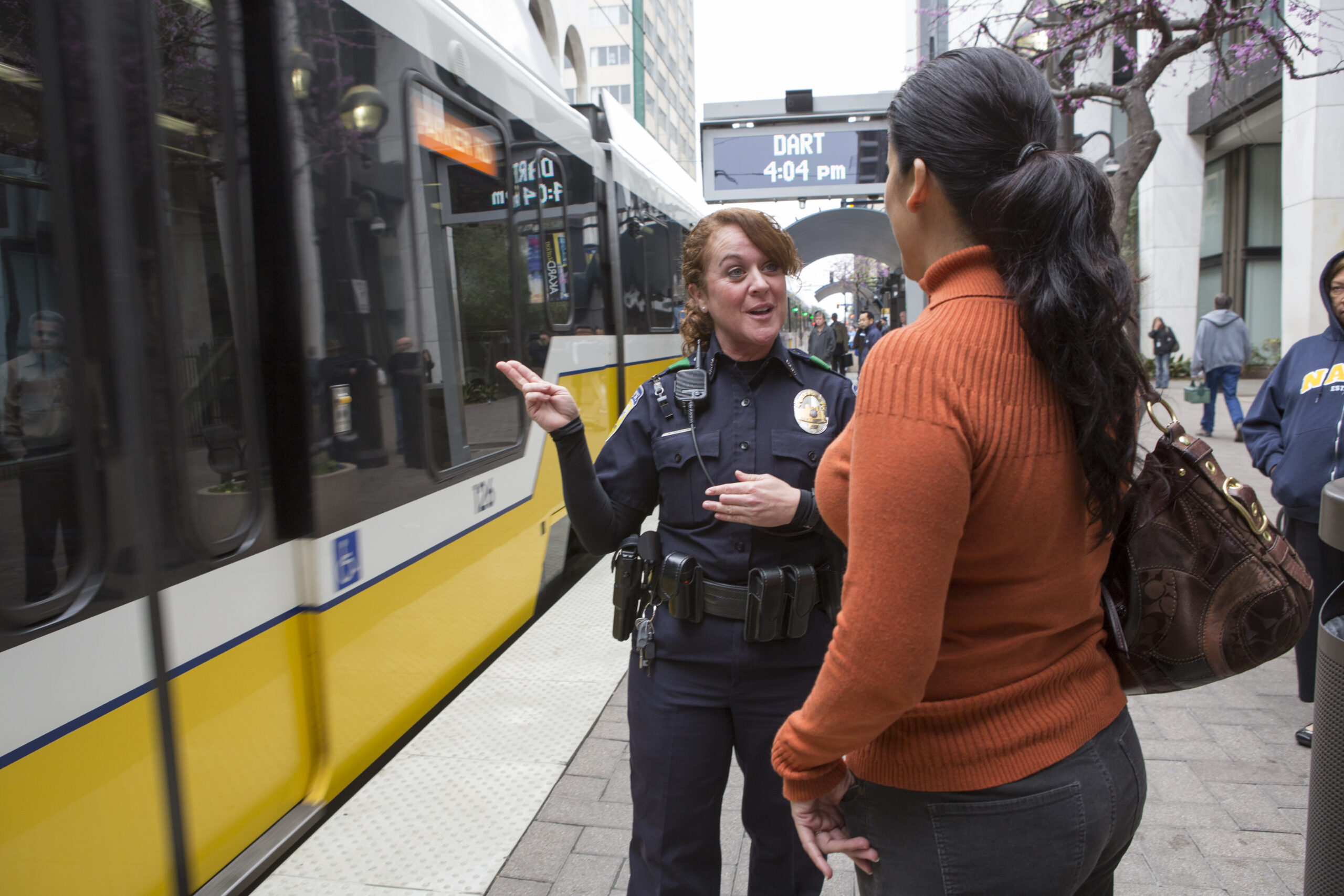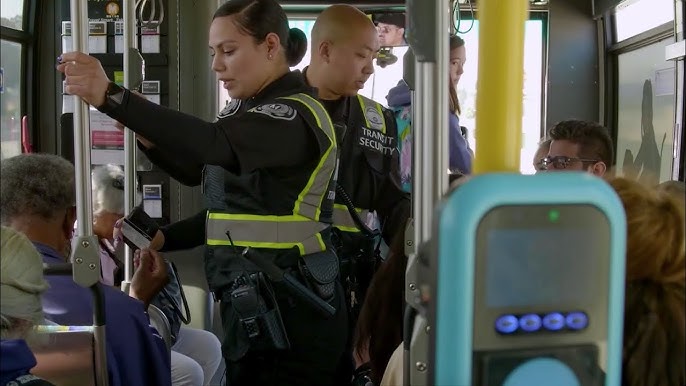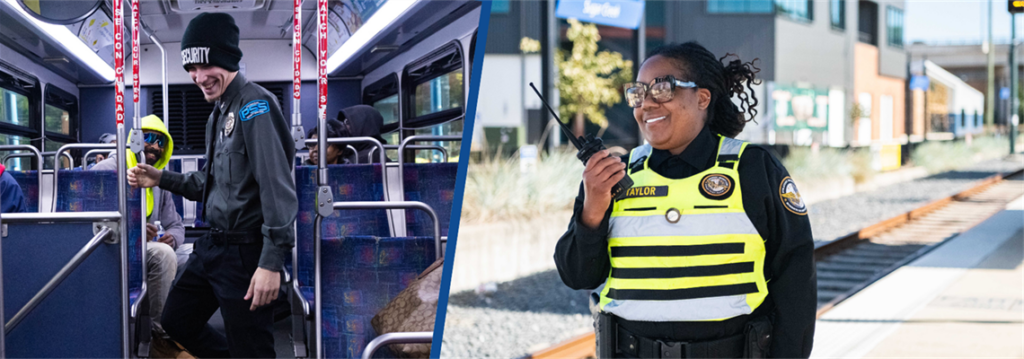

Public transit systems are lifelines in our cities, moving millions of riders daily and providing essential mobility to communities around the world. Ensuring the safety of these passengers and transit workers is vital. The U.S. Department of Transportation Volpe Center recently published a report based on information from major urban transit agencies, focused on the growing concern about customers being assaulted on public transit.
The report, based on interviews with nine major urban transit agencies, illuminate the prevalence and nature of passenger assaults in the transit environment. The findings discuss the types of assaults, where they happen, and the contributing factors. Understanding the specifics of this problem is crucial to develop effective mitigation strategies.
First, Let’s Understand the Spectrum of Assaults
Assaults on transit systems range from harassment and threats to physical violence, including pushing, spitting, slapping, kicking, or punching. Simple assaults, such as pushing and shoving, are the most common occurrences. These incidents can occur across various modes of transit and vary in frequency depending on location and agency-specific factors.

Unpacking the Contributing Factors
Several societal issues contribute to the frequency of assaults in transit systems. Homelessness, substance abuse, and mental health challenges often spill over into the transit environment, increasing conflicts and the likelihood of assaults.
Fare evasion is another factor; individuals who evade fares are more likely to engage in other criminal behaviors, including physical confrontations. Minor conflicts can quickly escalate into more severe altercations, while biases—though infrequent—based on race, gender identity, or religion can also play a role.
Crowded areas, while sometimes deterring unwanted behavior, can also provoke it. Additionally, local laws and enforcement policies, such as a lack of prosecution for repeat offenders and the decriminalization of certain offenses, can contribute to higher assault rates.
Effective Mitigations in Transit Safety
Transit agencies implement a range of strategies to reduce assaults. They often partner with social services to address homelessness, substance abuse, and mental health issues. Increasing the presence of police and uniformed personnel helps deter criminal activities. Surveillance systems monitor and record incidents, enhancing overall safety.
Additionally, Crime Prevention Through Environmental Design (CPTED) principles are used to create transit spaces that minimize opportunities for assaults by ensuring they are busy, well-lit, and designed to discourage loitering and other undesirable behaviors.
Broader Considerations for Public Transit Safety
Further research is crucial for deepening our understanding of customer assaults and evaluating the effectiveness of various mitigation strategies. Sharing information and best practices among transit agencies will also play a key role in developing more effective safety measures.
In this effort, Vontas is dedicated to advancing public transit safety with its cutting-edge technology. Solutions like Vontas Orion and Vontas OnRoute allow transit agencies to integrate these innovations seamlessly and mitigate incidents more effectively.
Prioritizing Passenger and Driver Safety With Orion & Vontas OnRoute
Vontas recently acquired Orion Labs to enhance its communication services. Orion’s Push-to-Talk solution combines advanced voice technology with real-time communication systems, ensuring the safety of passengers and drivers. It integrates seamlessly with an agency’s CAD/AVL systems, enabling swift responses and effective incident management.
The number one priority for Orion is ensuring the safety of our passengers and drivers. We can significantly reduce emergency response times with real-time communication and integrated technology.
Another modular solution, Vontas OnRoute, allows transit agencies to customize their safety and operational features. These solutions help reduce accidents and enhance emergency response times through GPS-enabled tracking and communication systems. By integrating Vontas OnRoute and Orion PTT 2.0, transit agencies can ensure a safer and more efficient transit environment.
Advancing Future Safety in Transit
Safety will remain the top priority in the transit industry and tackling the challenges of customer assaults requires a multifaceted approach. The Volpe Center’s research highlights the need for detailed strategies and innovative technology.
As transit agencies work to ensure safety, Vontas is dedicated to offering advanced solutions that protect transit agencies, their drivers, and most importantly—the community. Using technology and working together, we can create a safer and more secure public transit system for everyone.

